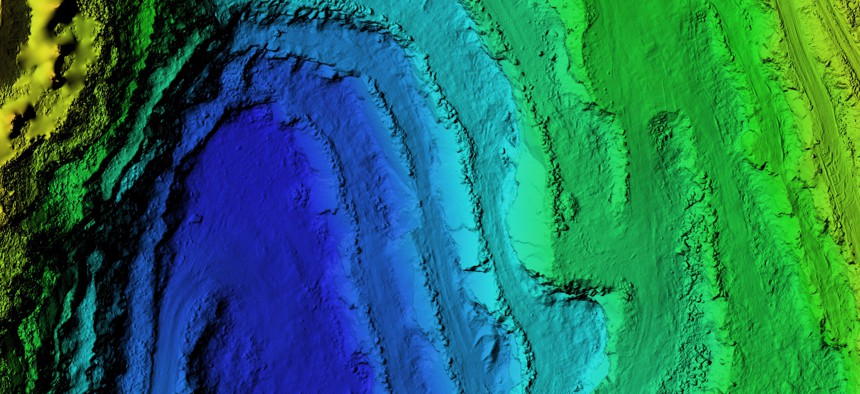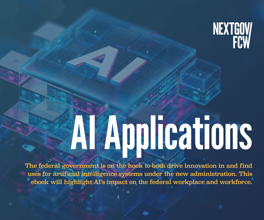sponsor content What's this?
Microsoft: Strengthening American capabilities in computing and innovation

Presented by
Microsoft

Disaster preparedness and resilience can be just a query away.
Wildfires tear through California. Storm surges swallow Florida’s coasts. Weather related events are happening now and hitting American communities hard.
To help address the crisis, Microsoft and NASA have teamed up to make weather data intelligence more accessible and actionable for the people who need it most. Together, they developed Earth Copilot, a tool powered by artificial intelligence that helps users make sense of more than 100 petabytes of NASA’s satellite data.
“You can now ask it questions against geospatial data and receive answers not only as a text but also as the imagery that has been collected by the satellites,” said Dr. Nelli Babayan, AI director of federal civilian at Microsoft.
Earth Copilot runs on Microsoft Azure AI and is built for real-world scenarios: disaster response, urban planning, environmental monitoring, and wildfire tracking to name a few. And you don’t need to be a data scientist to use it. Ask a plain-language question. Get a meaningful answer.
“NASA collects a lot of very rich data,” Babayan said. “But it’s massive amounts of data. Navigating over 100 petabytes of collective geospatial data can be challenging.”
AI is helping federal agencies turn that data into decisions. This isn’t new territory, as many agencies have used machine learning for years, especially on the science and research side. But generative AI is changing the game.
“The threshold to entry to AI has never been so low,” Babayan said.
That evolution has sparked a wave of innovation across civilian agencies. Babayan cited use cases, including knowledge mining, consolidating siloed data, case management, fraud detection, energy research and reasoning over geospatial data.
And it’s not just large agencies; small and mid-sized agencies can use the same tools and solutions that match their size and priorities.
“The beauty of our Microsoft offerings is that they’re scalable as you need,” Babayan said.
Microsoft supports customers through the entire process: from idea to pilot to agencywide deployment.
The company’s Azure AI Foundry gives those agencies a single platform to design, build and manage AI applications. It includes pre-built components, standardized processes and tools for continuous improvement based on operational feedback.
Another widely used tool, Microsoft 365 Copilot, supports day-to-day productivity and efficiency across agencies of all sizes.
And Babayan is quick to point out: It’s not simply about deploying the newest tech.
“It’s part of the overall conversation to make sure that the solutions align with agencies’ policy goals and the broader societal outcomes governments are working toward,” she said.
That mindset led Microsoft to build an Azure AI-based solution that helps agencies cut paperwork, accelerate permitting and generate and review documents more efficiently — directly supporting the Trump administration’s permitting memorandum on modernizing environmental reviews.
At its core, this is about global competitiveness. Microsoft is investing heavily to stay ahead: $80 billion this year alone to build AI infrastructure globally.
“More than half this amount is being spent in the United States,” Babayan said. “And we are dedicated to making American AI solutions and prioritizing American AI to the world.”
Why now? Because the tools are ready. The threats are evolving. And the opportunity is enormous.
“If we don’t do that, we’re going to be left behind because U.S. adversaries are not stopping,” Babayan said. “And also, the innovation of AI isn’t going to stop, either.”
To learn more visit Microsoft Federal.
This content is made possible by our sponsor Microsoft; it is not written by and does not necessarily reflect the views of GovExec’s editorial staff.
NEXT STORY: Agentic AI in Government: Balancing Autonomy and Accountability





